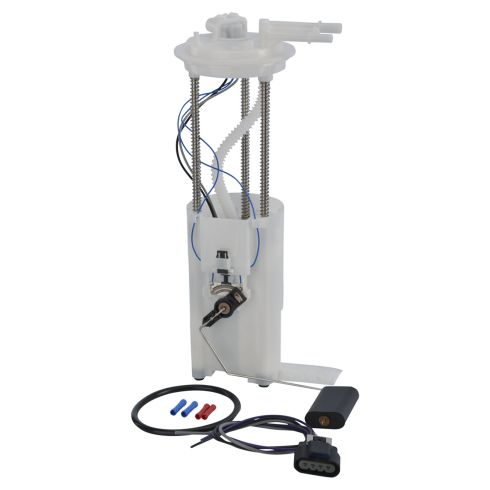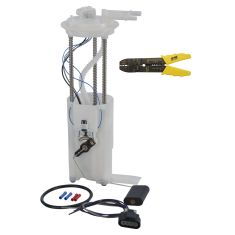1AFPU00288-Chevrolet GMC Fuel Pump Module Assembly TRQ FPA61903

Replaces
2002 GMC Savana 2500 Van V6 4.3L with 1 Electrical Connector with 1st Design without Auxiliary Fuel Fitting Fuel Pump Module Assembly TRQ FPA61903

Product Reviews
Loading reviews
4.29/ 5.0
7
7 reviews
FAST DELIVERY
March 23, 2017
ORDER ARRIVED BEFORE SCHEDULED DELIVERY, GREAT PRICE QUICK INSTALLATION,
meyers tires service center
May 31, 2018
I had recently bought a fuel pump from the auto parts store i returned home only to find out it was the wrong one. I was about to go back to return it. when i seen my employee looking for parts on 1 a auto .so i asked him to see about my fuel pump. I bought the pump on the spot after seeing the price was considerably cheaper and the picture was spot on to my old fuel pump. I waited 1 day and the fuel pump was here and easy to install . i will recommend and always use 1 a auto for all mine and my customers needs. Thanks 1 a auto
fuel pump
September 8, 2018
it was good to know that 1a auto made sure the part would on my van before ordering it. It arrived on the day they said it would without any delay's. They had it at a price that was a lot more affordable from me. I have told very one that i know to look on 1a auto before purchasing any part. Thank you 1a auto for the great job you do
Fuel pump
January 1, 2019
Very great auto place to buy ur parts from and they ship very fast and I would buy from them many times more . Thanks for having the best price on auto parts and great warranty.
Awesome customer service
June 20, 2019
Order two parts one fit perfectly and was awesome and work great the other was incorrect they issue credit and paid return shipping cant ask for much more. Awesome company to do business with.
August 2, 2019
The staff was helpful in identifying the correct part the part also arrived on time at what I consider to be a great price
Gm fuel pump
February 2, 2021
Worked great exact replacement as advertised no hassles .great price as well no complaints and I would definitely recommend this product
Customer Q&A
Does this unit have 2 connectors?
January 4, 2016
10
If your meaning electrical connectors it just has one.
January 4, 2016
Kim B
10
Hello, This has 1 harness connector that needs to be spliced in to operate. This is due to a GM model update.
January 6, 2016
Brian F
10
Fuel out and fuel return line = 2 fuel lines. One electrical connector. The supplied replacement connector had to be installed to my car's wire harness to connect to the new fuel pump.
January 11, 2016
Tony R
GMC is a registered trademark of General Motors Company. 1A Auto is not affiliated with or sponsored by GMC or General Motors Company.
See all trademarks.




















